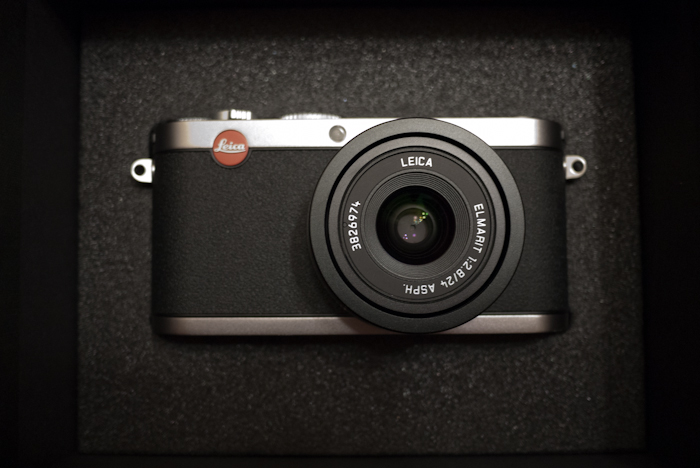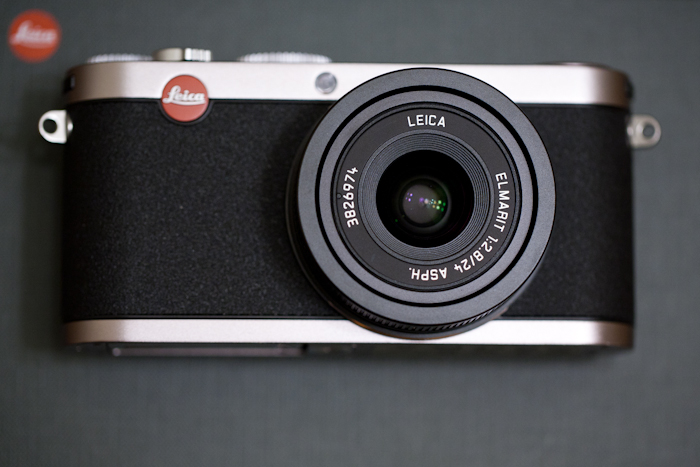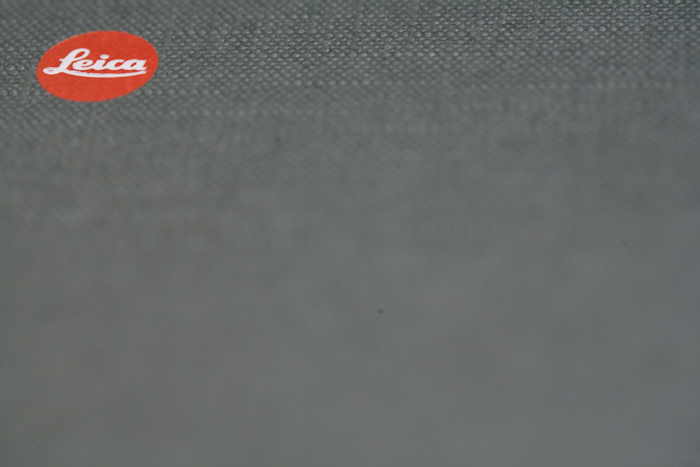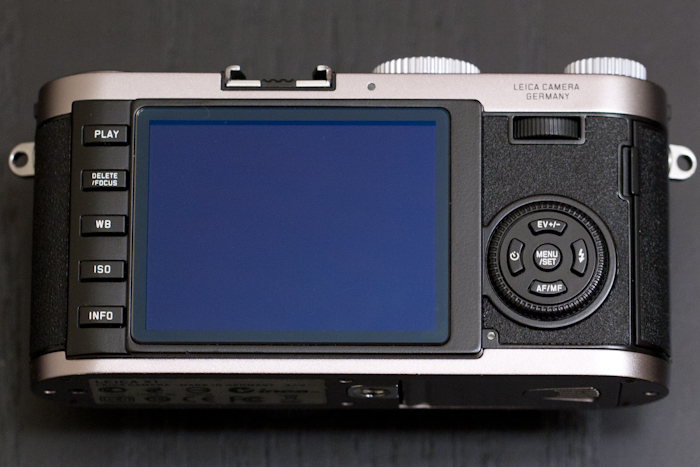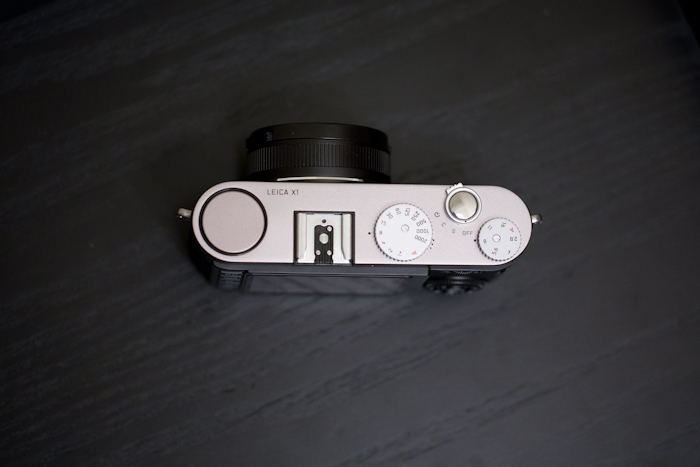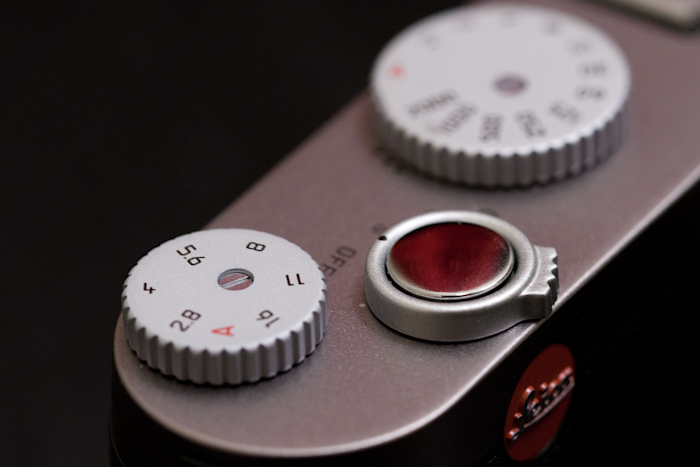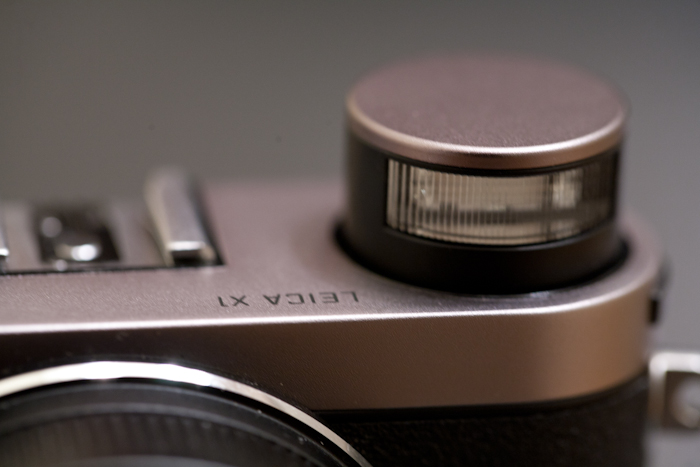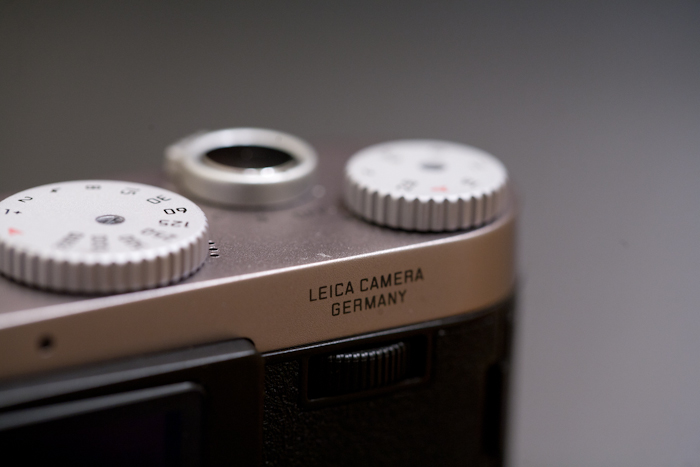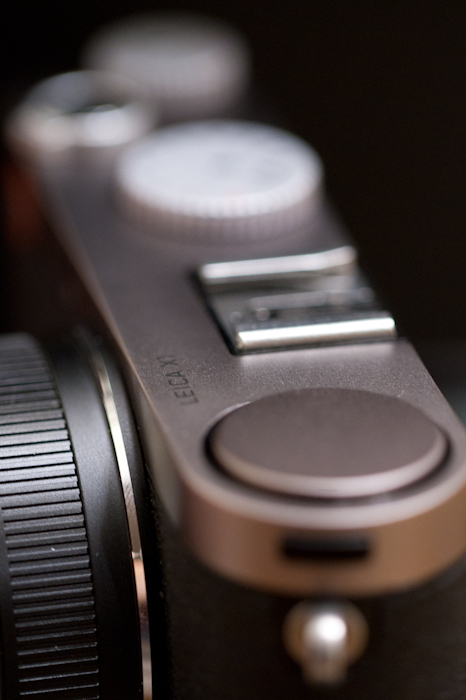When it comes to cameras, digital or film, there are a few brands that are more than just a name; they are more of a religion amongst their followers. For many, Leica is one of those brands. Their customers will drop more money on a small kit than many people will spend on their car, which is astounding to me – someone who doesn’t own anything with that revered red dot. So what does a complete Leica virgin think of one of their newer offerings, the Leica X1? Let’s find out.
Specifications
Imaging
- Resolution: 12.2 Megapixel
- File Formats: Still Images: JPEG
- Max Resolution: 12.2MP: 4272 x 2856 @ 3:2
- Aspect Ratio: 3:2
- Image Stabilization: None
Optics
- Lens: 8 elements in 6 groups
- EFL: 24mm (35mm equivalent: 36-36mm)
- Aperture: f/2.8 to f/16
- Focus Range: Auto: 23.62″ (60cm) – Infinity
Exposure Control
- ISO Sensitivity: Auto, 100-3200
- Shutter: 30 – 1/2000 Sec
- Exposure Metering: Center-weighted, Multi, Spot
- Exposure Modes: Modes: Aperture Priority, Manual, Program, Shutter Priority
- Compensation: -3EV to +3EV (in 0.33EV steps)
- White Balance Modes: Auto, Daylight, Shade, Cloudy, Halogen, Manual, Flash
- Burst Rate: Up to 3 fps at 12.2MP for up to 6 frames
- Self Timer: 2 Seconds, 12 Seconds
Flash
- Built-in Flash: 1st Curtain Sync, Auto, Auto/Red-eye Reduction, Flash On, Flash On w/ Red-eye Reduction, Slow Sync, Slow Sync./Red-eye Reduction
Memory
- Built-in Memory: 50MB
- Memory Card Type: SD, SDHC
Viewfinder/Display
- Screen: 2.7″ LCD Rear Screen (23000 pixels)
Connectivity/System Requirements
- Connectivity: USB 2.0, HDMI
Physical
- Dimensions (WxHxD): 4.88 x 2.34 x 1.26″ / 124 x 59.5 x 32mm
- Weight: 10.09 oz / 286g
Packaging
I always thought Apple led the way when it came to creative and stylish product packaging but Leica takes things to a whole new level. The pomp and circumstance of the Leica packaging is unrivaled to any other product packaging I’ve seen.
The magic happens as soon as you pull on the tab at the top of the box. Once the tab is released, each side of the signature grey packaging falls away to reveal another box.
Fancy.
This large inner box is comprised of a top and bottom section, each covered by a magnetic flap. Lift up the top flap and we find yet another box. This is the box that contains the X1. Open this box and you’ll find the X1 sitting nicely in a bed of dark gray foam cut precisely to securely hold the X1 (shown above). Opening the flap on the bottom section revels two drawers. These drawers contain the X1’s charger, manuals, leather neck strap, battery and other accessories. I must have closed and reopened the box three or four times; it really is quite slick. I feel like Leica spent more design and engineering time on the X1’s packaging than Honda did on my car. If you’re really interested in seeing this in action, search for an unboxing video on the X1. I was going to do one but there are already a million out there, finding one should be pretty easy.
Look and Feel
As soon as you pick up the X1, you know you are dealing with a well-built piece of equipment but honestly, I was expecting something more. I’m by no means saying the build quality is bad (because it’s not), I’m simply stating that it doesn’t have the solid feel of an M body Leica. Is that a bad thing? I don’t think so because it seems that the X1 is really meant for Leica fans that want a camera with excellent image quality while being smaller, cheaper and more portable than their M range. The X1‘s body is slightly longer but shorter than my GF-1. The X1 feels lighter than the GF-1 and my scrawny fingers enjoy the extra real estate provided by the X1‘s longer body. All in all, the camera is a great size. It’s large enough so you don’t feel awkward holding it but it’s small and light enough so that you’ll actually WANT to take it with you.
The X1 looks like a traditional Leica rangefinder sans the actual rangefinder part of the camera. Instead of rangefinder optics, all of your shooting will be dependent on a 2.7” 230k pixel rear LCD. The LCD get’s the job done but when you compare it side by side with the GF-1‘s 460k pixel LCD, it looks like a grainy mess. Along the left edge of the LCD are dedicated buttons for play, delete, focus, white balance, ISO, and info.
On the top of the X1 you will find the power switch, which also selects your drive mode, popup flash and aperture and shutter dials. Like the top and bottom plates, the dials and switches are all metal which adds to the luxury feel of the camera. I’ve read in other reviews that the dials are too easy to turn which results in inadvertent changes to camera settings. While this did happen to me a few times, I would hardly call this an issue. I’m not sure if it was just this particular camera but it took more effort to turn the aperture dial than it did to turn the shutter speed dial. I thought that was a little strange but it didn’t affect the X1‘s performance in any way.
Besides the APS-C size sensor, my favorite thing about the X1 is the direct access to the settings that a photographer needs to change on a regular basis. It’s nice to know what your settings are before you even switch on your camera. Also, large external controls means I can easily change settings while shooting without moving my eyes away from the screen. This is a very welcome change to most advanced compacts. Many M43 cameras have at least one and some have two control dials but there is always at least one additional step needed to change a setting. Pretty much every button on the X1 has a dedicated function which is a refreshing change of pace.
Like on the majority of compact digital cameras, the battery door on the bottom of the X1 houses the battery along with the CF card. Honestly, the battery door is the cheapest feeling part of the entire camera. I’m not expecting the battery door to be made of titanium but on a $2,000 camera I expect something more than a little cheap piece of plastic. If anything was going to break on the X1, I would put my money on the battery door.
The X1 comes in two finishes, silver and black and all black. As you can see from the images, I received the silver and black model. I think it’s a beautiful camera in silver and black but the all black finish just looks awesome. B&H and Amazon have both finishes available.
Features
Having recently reviewed the Sony A55, the X1 feels like it doesn’t have any special features beyond what you would find in a traditional film camera and that’s because it doesn’t. The X1 can’t shoot video, never mind HD video. There’s no panorama or auto HDR function. Yes, there are a few different film modes, but I wouldn’t really qualify these as special features. Basically, you can change the ISO, aperture values, shutter speed, metering mode, and AF points. Is this a bad thing? No, because I don’t think “special features” matter to the X1‘s target market. People buying the X1 want the best photo performance they can get in the smallest package possible while still getting Leica‘s legendary image and build quality.
As a Canon 5D “classic” owner, not having video, in-camera HDR, and all of the other bells and whistles that newer bodies sport is not a big deal to me. Yes, some of them are nice to have but for me, the less you have to change, adjust and fiddle with, the better.
Accessories
So what does Leica want you to buy after dropping $2k on the X1? Luckily, not too much. Below are some of the accessories available for the X1. Unfortunately, Leica did not send any of these along with the X1. Bummer. I would have liked to have tried the optical viewfinder and the hand grip.
Be sure to check back for more on the Leica X1. You can also check out Chris’s Leica M9 and, D-LUX 5, and M7 reviews. Also, catch up on the firmware update for the X1.
Please Support The Phoblographer
We love to bring you guys the latest and greatest news and gear related stuff. However, we can’t keep doing that unless we have your continued support. If you would like to purchase any of the items mentioned, please do so by clicking our links first and then purchasing the items as we then get a small portion of the sale to help run the website.


